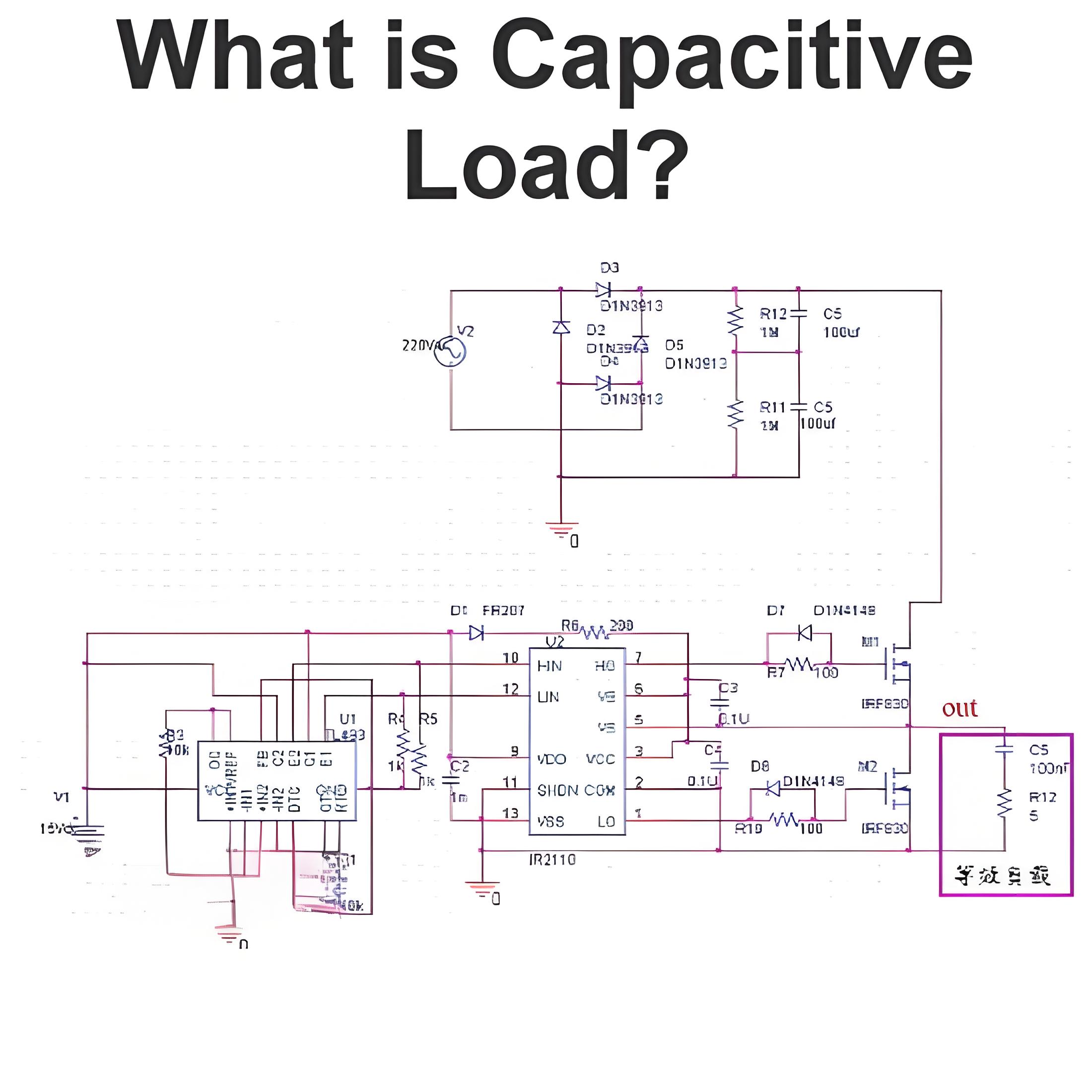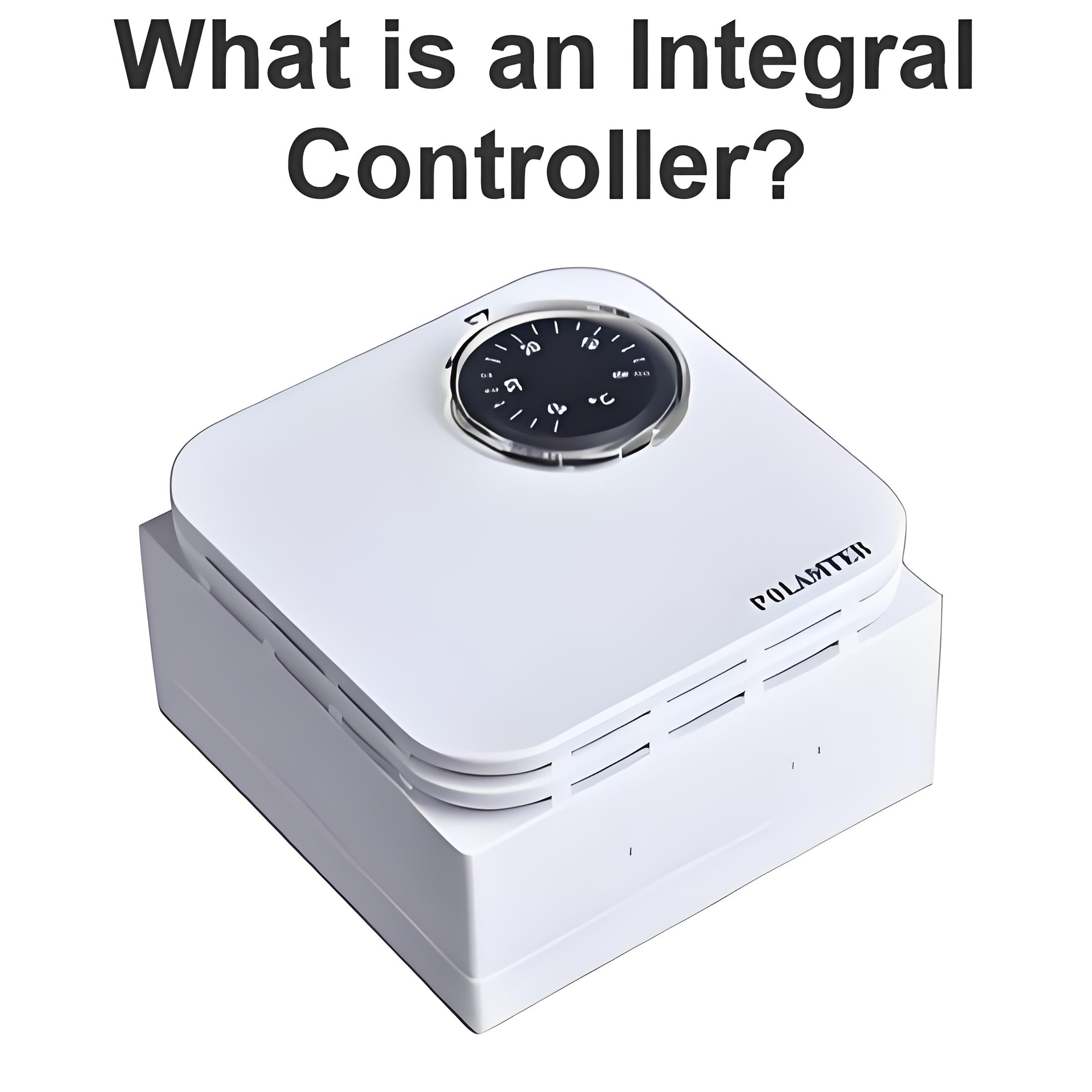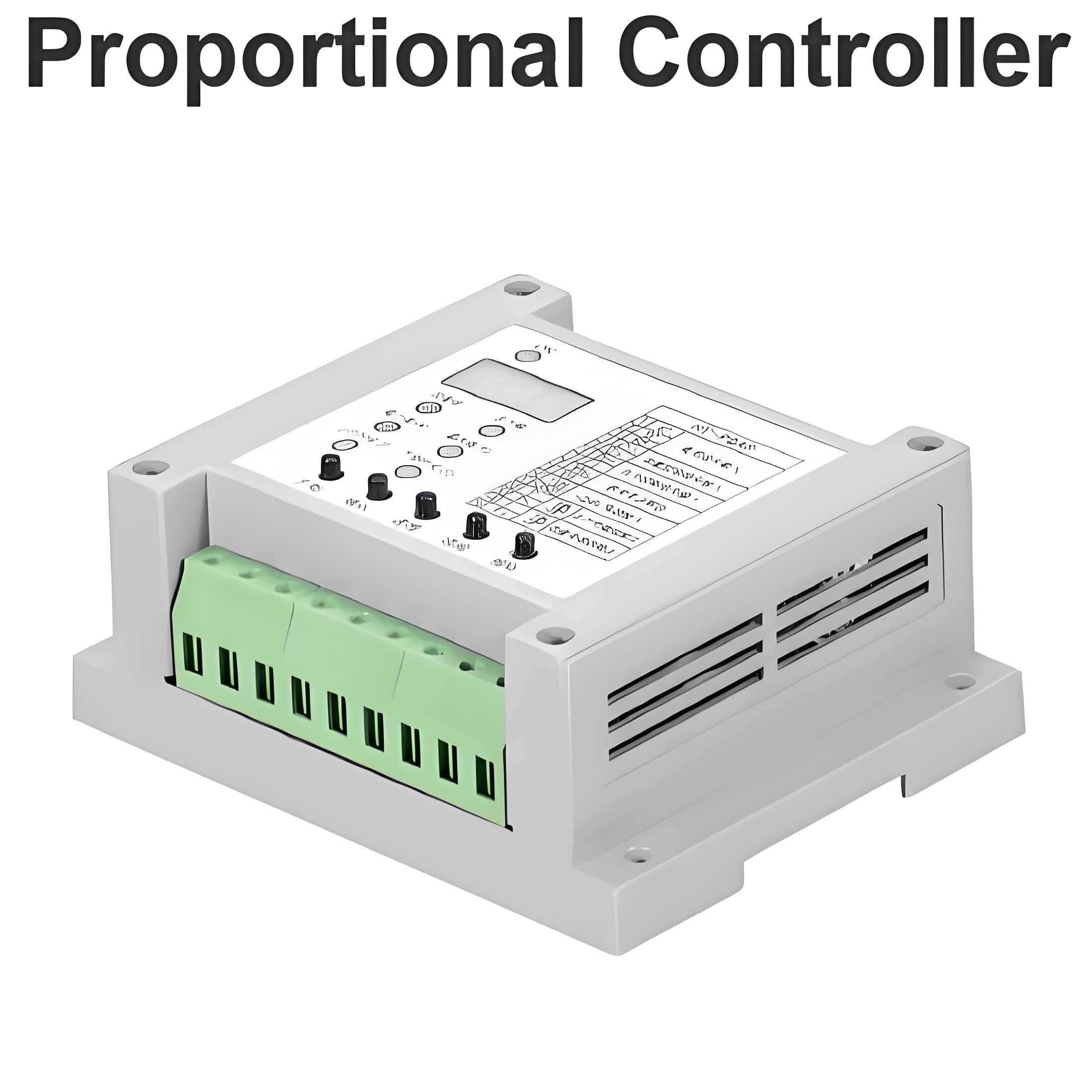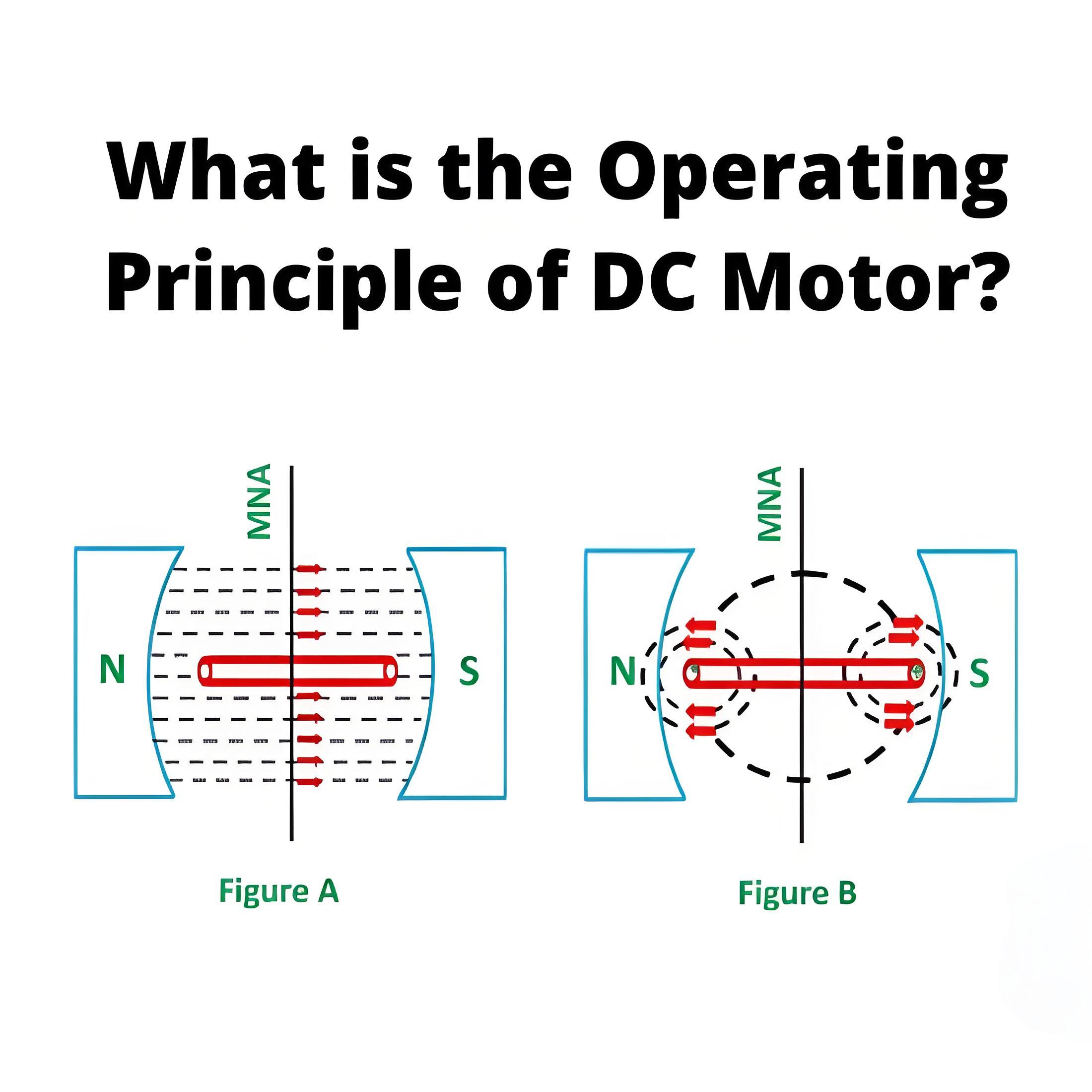Types of Controllers
Controller Definition
In control systems, a controller is a mechanism that seeks to minimize the difference between the actual value of a system (i.e. the process variable) and the desired value of the system (i.e. the setpoint). Controllers are a fundamental part of control engineering and used in all complex control systems.
Before we introduce you to various controllers in detail, it is essential to know the uses of controllers in the theory of control systems. The important uses of the controllers include:
Controllers improve the steady-state accuracy by decreasing the steady state error.
As the steady-state accuracy improves, the stability also improves.
Controllers also help in reducing the unwanted offsets produced by the system.
Controllers can control the maximum overshoot of the system.
Controllers can help in reducing the noise signals produced by the system.
Controllers can help to speed up the slow response of an overdamped system.
Types of Controllers
There are two main types of controllers: continuous controllers, and discontinuous controllers.
In discontinuous controllers, the manipulated variable changes between discrete values. Depending on how many different states the manipulated variable can assume, a distinction is made between two position, three position, and multi-position controllers.
Compared to continuous controllers, discontinuous controllers operate on very simple, switching final controlling elements.
The main feature of continuous controllers is that the controlled variable (also known as the manipulated variable) can have any value within the controller’s output range.
Now in the continuous controller theory, there are three basic modes on which the whole control action takes place, which are:
Proportional controllers.
Integral controllers.
Derivative controllers.
We use the combination of these modes to control our system such that the process variable is equal to the setpoint (or as close as we can get it). These three types of controllers can be combined into new controllers:
Proportional and integral controllers (PI Controller)
Proportional and derivative controllers (PD Controller)
Proportional integral derivative control (PID Controller)
Welcome to our electricity community! Established to facilitate the exchange and cooperation in the electricity industry and bridge professionals, enthusiasts, and related enterprises.





